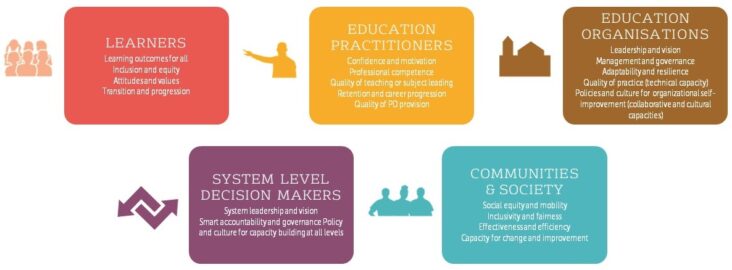Staying fit is not only important for our physical health, but also for our mental health and ability to learn. Regular exercise helps to improve focus and concentration, increase energy levels, and reduce stress. In this article, we’ll explore how fitness impacts learning, and how making fitness a part of your daily routine can help you to achieve your academic goals. Read on to learn how to use exercise to boost your learning power.
The Benefits of Increased Physical Activity for Students

.Staying active is one of the best things you can do for your body and mind, especially when it comes to learning. Regular physical activity can help students stay focused and energized in the classroom, with lasting benefits for their academic performance. It can also help them develop better problem-solving and critical thinking skills, as well as improved memory, concentration, and coordination. With increased physical activity, students can also experience better physical and mental health, as well as improved self-esteem and confidence. All of these benefits put together can really help to boost a student’s overall academic performance, so it’s definitely worth making sure your teen is getting enough physical activity to reap the rewards.
How Improved Fitness Helps Students Stay Focused in the Classroom

Improved fitness helps students stay focused in the classroom in a number of ways. Regular exercise gives students more energy and increased mental clarity, allowing them to stay alert and focused on the task at hand. Additionally, exercise has been proven to strengthen memory and improve concentration, which can help students retain new information and stay attentive in class. Exercise can also help reduce stress and anxiety, which can be a major distraction in the classroom. Regular physical activity can help students manage their emotions and stay on task in the classroom. Exercise also improves sleep, which can help students stay alert and attentive during the day. All of these benefits are essential for students who want to stay focused in the classroom and maximize their learning potential.
The Impact of Exercise on Cognitive Performance

Exercising isn’t just good for our bodies, it can also have a big impact on our minds too! Regular physical activity has been linked to improved cognitive performance, especially in students. Exercise can help improve memory, concentration, focus, and even problem solving skills. It has been proven to reduce stress and fatigue, and can even contribute to better grades! So next time you’re hitting the gym, remember that you’re helping your mind as well as your body.
The Role of Exercise in Enhancing Memory and Learning

Exercising is a great way to not only get your body in shape, but also to boost your brainpower. Studies have shown that people who exercise regularly have improved memory and learning capabilities compared to those who don’t. Working out releases endorphins which helps to reduce stress, making it easier to focus and retain information. Exercise also increases the amount of oxygen and glucose your brain receives which can help in improving your short-term memory. Whether you’re studying for a test or trying to learn a new skill, adding exercise to your daily routine can be an effective way to enhance your memory and learning. So make sure to get your sweat on, and you’ll be sure to see the positive effects it has on your brain!
Strategies for Incorporating Exercise into the School Day

Living a healthy lifestyle is essential to success in school, and incorporating exercise into the school day is a great way to encourage this. There are a variety of ways to make sure that students get the exercise they need, including incorporating physical activity into the daily routine. For example, teachers can start the day by having students do a few minutes of stretching or yoga poses. During recess, schools can provide students with equipment like hula hoops, jump ropes, and balls to play with. Furthermore, teachers can create active lesson plans that involve physical activity, such as having students use yoga poses to learn about different parts of the body. Additionally, schools can organize field trips to local parks for teams to go on hikes or play sports. Finally, schools can also provide students with ample opportunities to participate in physical education classes and after-school sports and clubs. By working together to create a school environment that encourages and supports physical activity, teachers, administrators, and parents can help create healthy habits for students that will last a lifetime.




